In a world where habitat destruction, climate change, and human encroachment increasingly threaten avian species, zoos have emerged as crucial sanctuaries for birds that can no longer survive in their natural environments. These institutions have evolved far beyond their entertainment origins to become vital conservation centers, implementing sophisticated breeding programs, rehabilitation initiatives, and educational outreach that collectively form a safety net for endangered bird species. From the California condor’s remarkable recovery to intensive care for abandoned hatchlings, zoos worldwide are now at the forefront of preventing bird extinctions. Their work represents a delicate balance between preserving species integrity while acknowledging that, for some birds, protected environments may be their only chance at survival in our rapidly changing world.
The Evolution of Zoos: From Exhibition to Conservation
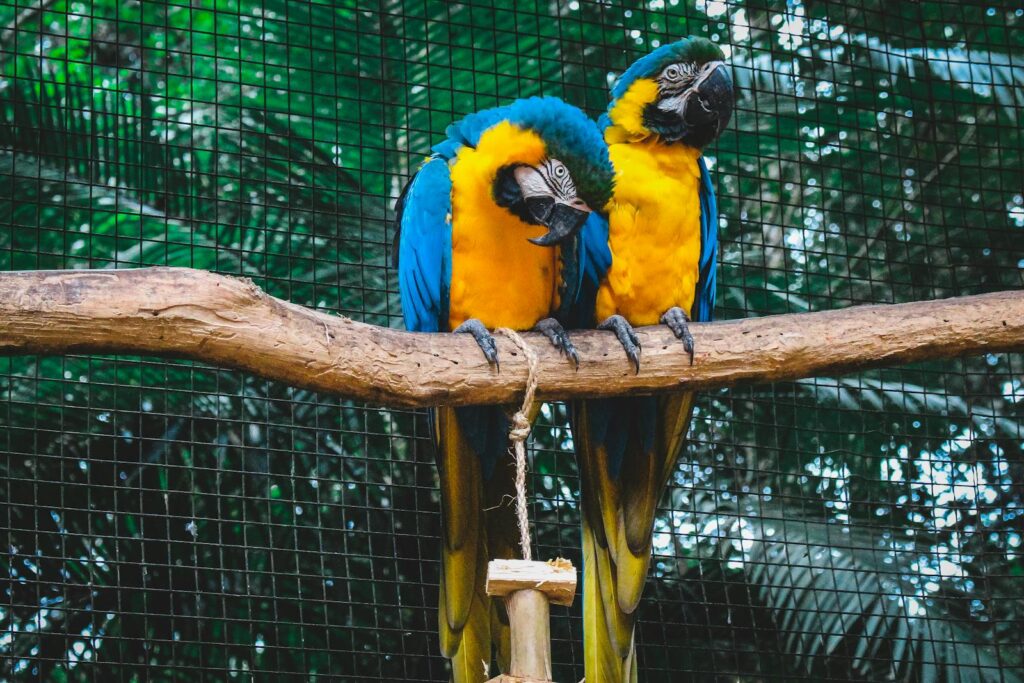
Modern zoos have undergone a remarkable transformation from their origins as mere animal exhibitions to becoming sophisticated conservation centers with scientific missions at their core. This evolution began in earnest during the late 20th century when the conservation crisis became impossible to ignore and zoos recognized their unique position to help. Today’s accredited zoos operate under strict ethical guidelines that prioritize animal welfare and conservation over entertainment value. The Association of Zoos and Aquariums (AZA) and similar international organizations now require member institutions to participate actively in conservation programs, scientific research, and public education initiatives. This fundamental shift in purpose has positioned zoos as critical players in saving bird species that would otherwise face certain extinction in rapidly deteriorating natural habitats.
Captive Breeding Programs: Creating Genetic Lifeboats
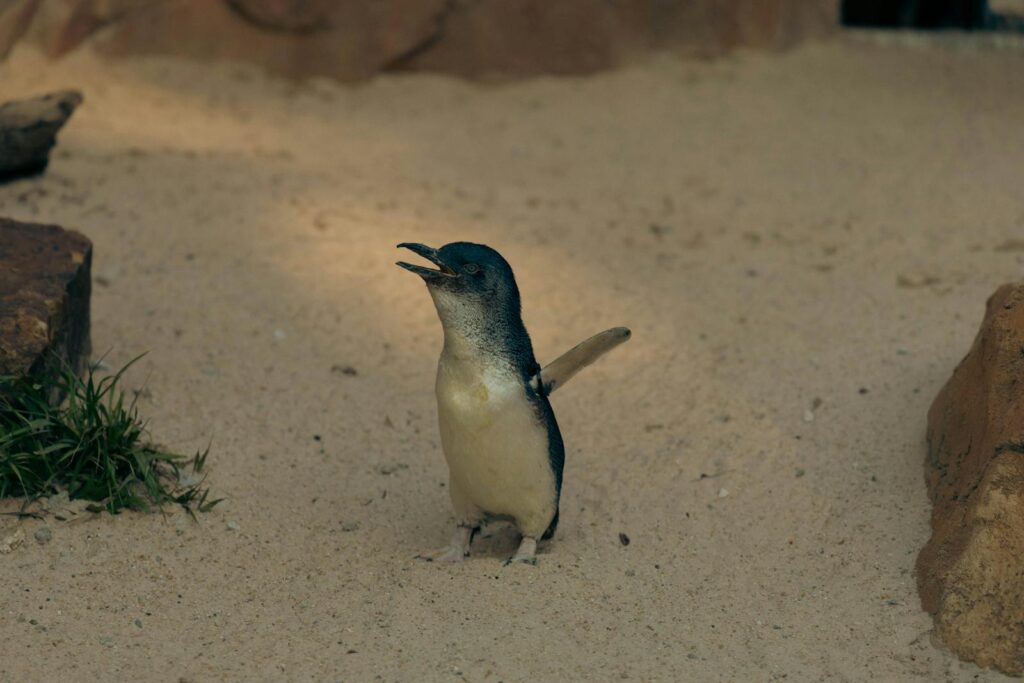
Captive breeding programs represent one of the most important contributions zoos make to bird conservation, particularly for species whose wild populations have dwindled to critically low numbers. These programs maintain careful genetic records through studbooks that track the lineage of each bird, allowing zoologists to plan breeding pairs that maximize genetic diversity and minimize inbreeding. The California condor program stands as perhaps the most dramatic success story, with the species’ population rebounding from just 22 individuals in the 1980s to over 500 today, many of which now fly free in the wild after being bred in zoos. Similar successes have been achieved with the Guam rail, Arabian oryx, and numerous other bird species that would have disappeared entirely without the genetic lifeboats created through carefully managed zoo breeding programs.
Rehabilitation Centers: Nursing the Injured Back to Health
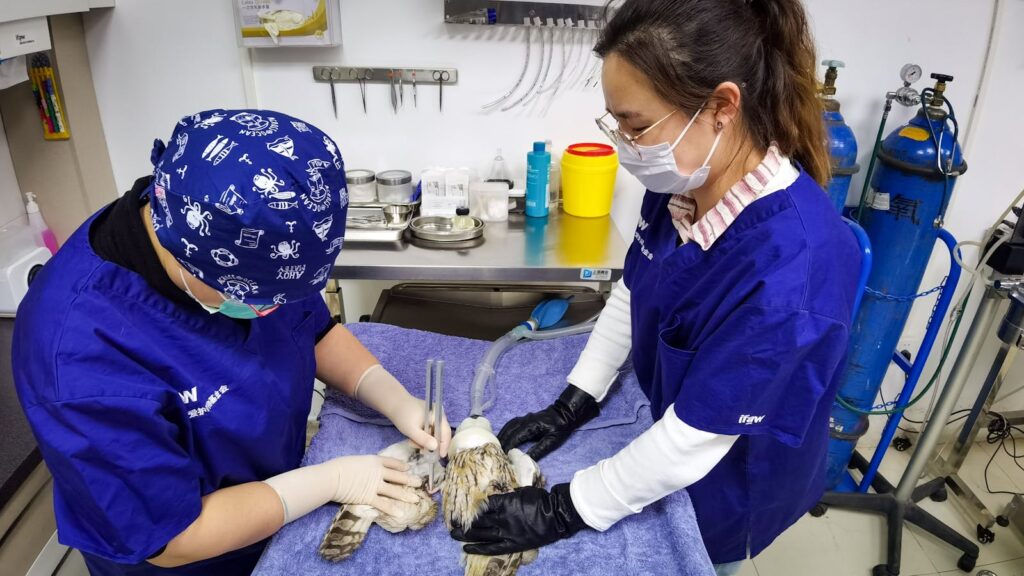
Many zoos have established specialized wildlife rehabilitation facilities that provide critical care for injured or orphaned birds that cannot survive in the wild without intervention. These centers employ specialized veterinarians and wildlife technicians who have developed expertise in treating conditions ranging from broken wings to lead poisoning and oil contamination. The process often begins with intensive medical care, followed by carefully designed rehabilitation protocols that help birds regain necessary survival skills. While not all rehabilitated birds can return to the wild, those that cannot are often integrated into education programs or breeding initiatives. The San Diego Zoo Wildlife Alliance’s Avian Conservation Center, for example, has treated thousands of injured birds, providing them with cutting-edge veterinary care that simply wouldn’t exist without the infrastructure and expertise zoos have developed.
Species-Specific Recovery Plans: Targeted Interventions
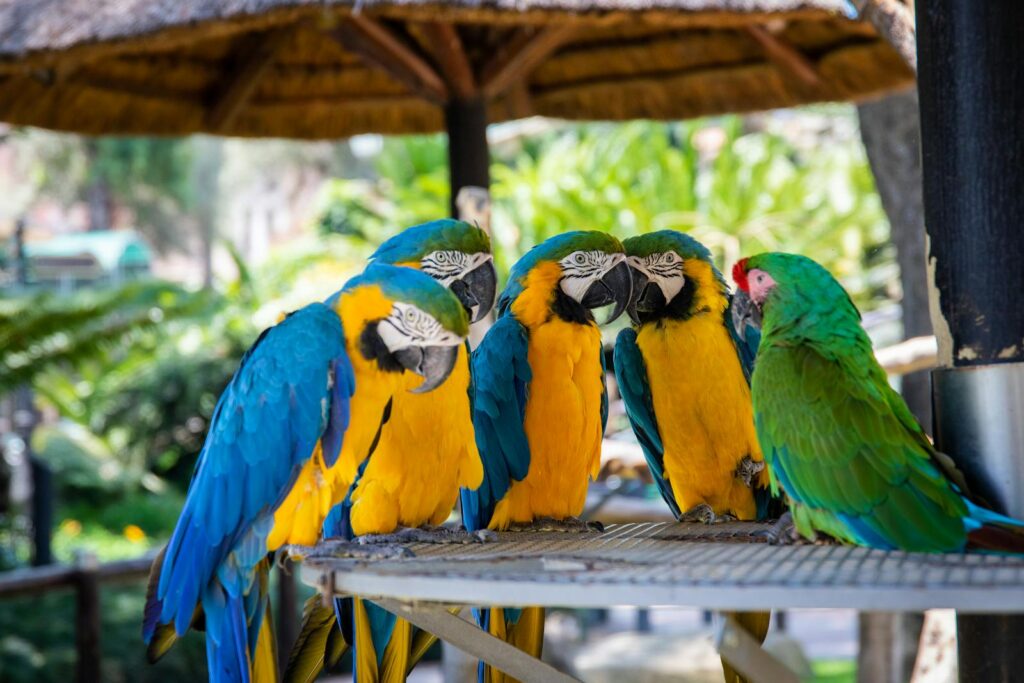
Successful bird conservation requires detailed species-specific recovery plans that address the unique challenges facing each threatened species. Zoos often collaborate with government agencies and conservation organizations to develop and implement these comprehensive plans that combine in-situ (in the wild) and ex-situ (in human care) conservation strategies. The plan for the Puerto Rican parrot, for instance, involves captive breeding at several zoo facilities, habitat protection in Puerto Rico’s forests, predator control measures, and careful reintroduction protocols. Similarly, the whooping crane recovery program coordinates efforts between multiple zoos, wildlife refuges, and research institutions across North America. These recovery plans often span decades and require substantial financial investments that zoos help provide through their conservation budgets and fundraising capabilities.
Education and Public Awareness: Creating Bird Advocates
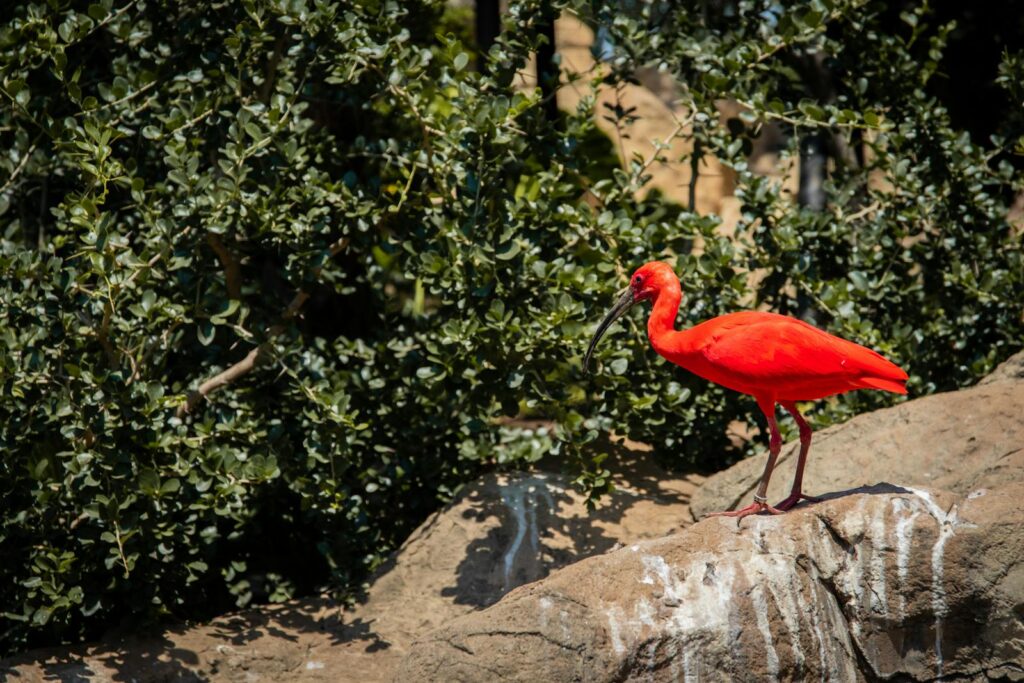
Zoos reach millions of visitors annually, providing an unparalleled platform for educating the public about the challenges facing bird species and inspiring conservation action. Through carefully designed exhibits, interpretive signage, and educational programming, zoos help visitors understand the complex threats birds face and the importance of conservation efforts. Many zoos have developed sophisticated outreach programs that extend beyond their physical grounds, reaching schools, community groups, and online audiences with conservation messaging. The impact of this educational function cannot be overstated, as it creates informed citizens who are more likely to support conservation initiatives through voting, donations, and personal actions. When visitors connect emotionally with birds they see in zoos, they often become lifelong advocates for wildlife conservation.
Artificial Incubation and Hand-Rearing Techniques
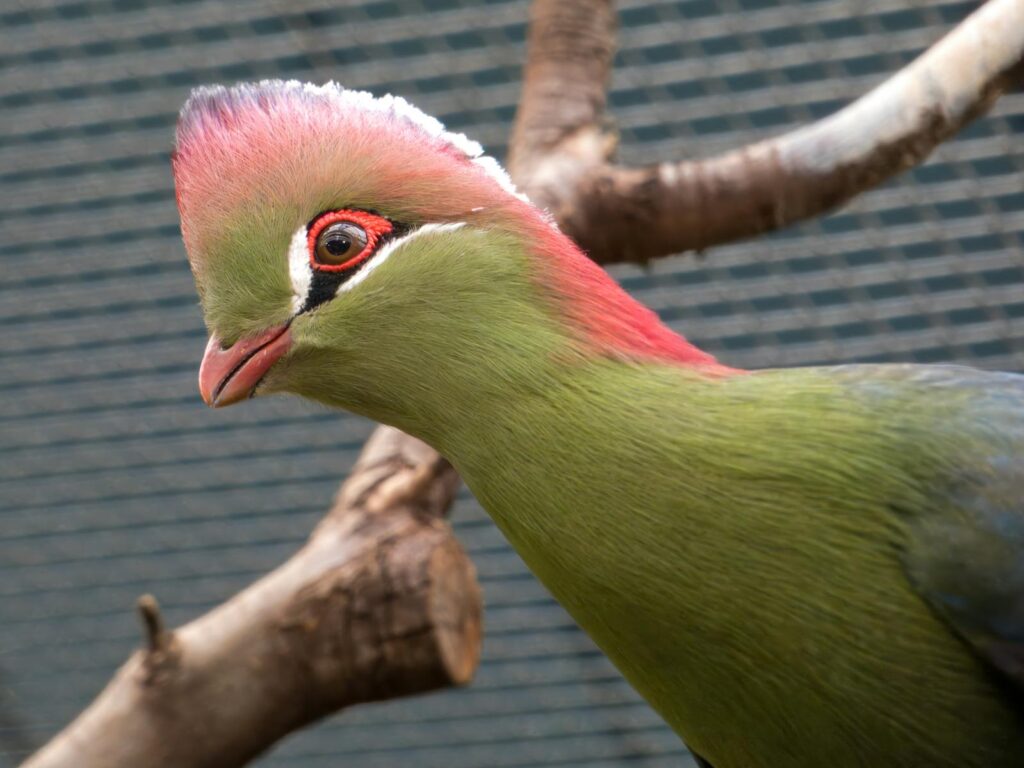
For some critically endangered bird species, every egg and chick represents a precious opportunity for population recovery, leading zoos to develop sophisticated artificial incubation and hand-rearing techniques. These specialized approaches become vital when parent birds abandon their eggs, lack proper parenting skills, or when wild conditions make natural incubation too risky. Zoos employ precise protocols that control temperature, humidity, and turning schedules to mimic natural incubation conditions as closely as possible. The hand-rearing process that follows hatching requires extraordinary dedication, with staff often providing around-the-clock feeding and care for vulnerable chicks. To prevent imprinting on humans, many facilities use puppet-rearing techniques where staff manipulate bird-shaped puppets that resemble the species being raised, ensuring young birds develop normal behaviors despite their artificial upbringing.
Disease Management and Preventive Medicine
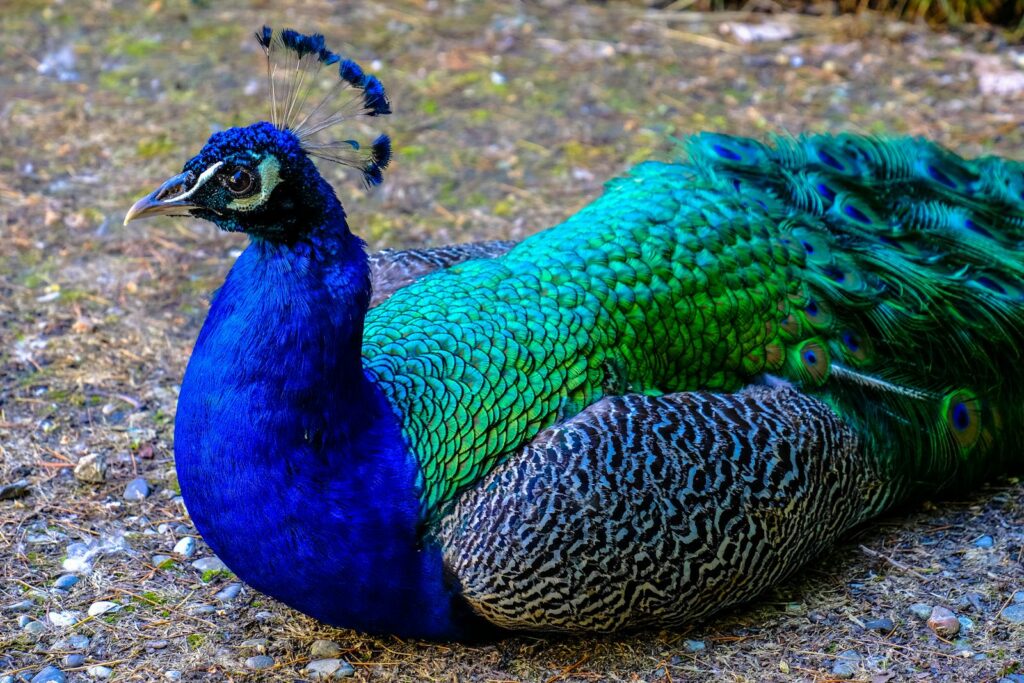
Wild bird populations increasingly face threats from emerging infectious diseases, making the veterinary expertise found in zoos crucial for both captive and wild populations. Zoo veterinarians specialize in avian medicine and have developed protocols for disease prevention, early detection, and treatment that save countless bird lives. The West Nile virus outbreak demonstrated this value when zoo researchers helped identify the disease’s impact on native North American birds and developed management strategies. Similarly, zoos have been at the forefront of understanding and addressing avian influenza, avian malaria, and numerous other pathogens that threaten bird populations. Preventative medicine programs in zoos include regular health assessments, vaccination protocols where appropriate, and quarantine procedures that prevent disease transmission—all representing knowledge that benefits birds beyond zoo walls.
Habitat Recreation: Creating Safe Havens
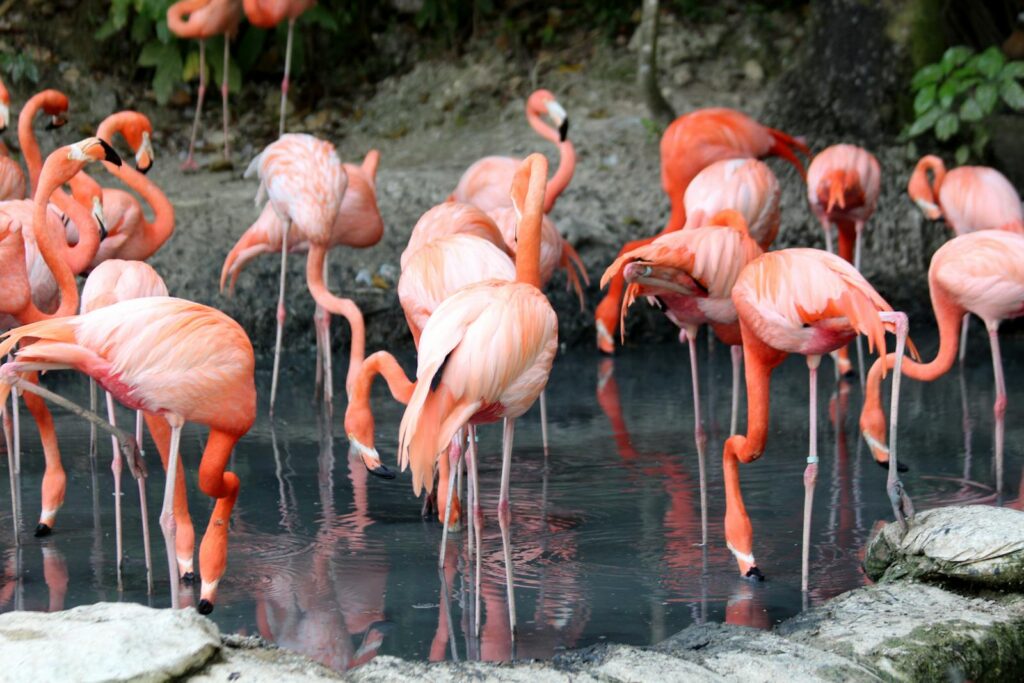
For birds that cannot return to the wild, zoos have become increasingly sophisticated in recreating natural habitats that allow these animals to express natural behaviors and thrive despite their captive circumstances. Modern zoo aviaries feature complex environmental enrichment with natural vegetation, appropriate substrate, varied perching options, and carefully designed sight lines that provide birds with choices and control over their environment. The best facilities incorporate natural weather patterns, seasonal variations in light exposure, and social groupings that mirror wild conditions. The Jurong Bird Park in Singapore exemplifies this approach with its massive free-flight aviaries that recreate specific ecosystems from Southeast Asian rainforests to African wetlands, complete with appropriate plant species and water features. These naturalistic habitats not only improve the welfare of resident birds but also serve as living classrooms that help visitors understand the importance of protecting wild habitats.
Research Contributions: Advancing Avian Science
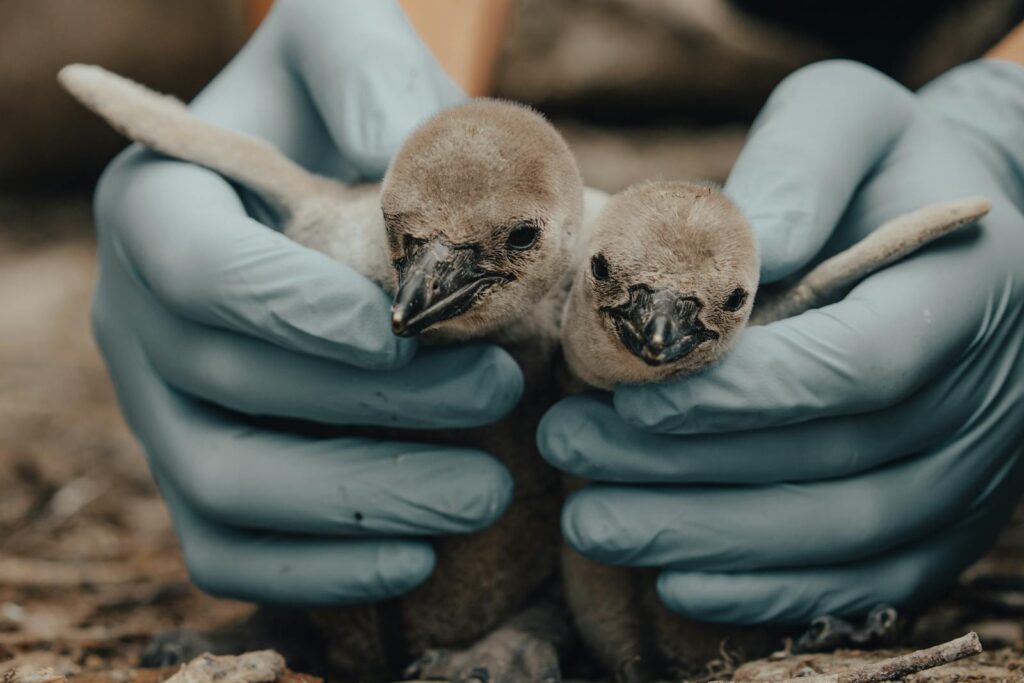
Zoos contribute significantly to scientific knowledge about birds through research that would be impossible to conduct in wild settings. Studies on bird nutrition, reproductive physiology, behavior, and health conducted in zoo settings have revolutionized our understanding of many species and directly improved conservation outcomes. The controlled environment of zoos allows for detailed observation and data collection that helps scientists understand basic biological parameters that remain unknown for many threatened species. This research extends beyond immediate conservation applications to areas like comparative genomics, disease resistance, and even biomimicry, where bird adaptations inspire human technologies. The San Diego Zoo Wildlife Alliance’s Frozen Zoo, for example, maintains genetic material from thousands of bird species that provides researchers with invaluable resources for studying avian genetics and potentially even de-extinction technologies.
International Collaboration and Species Survival Plans
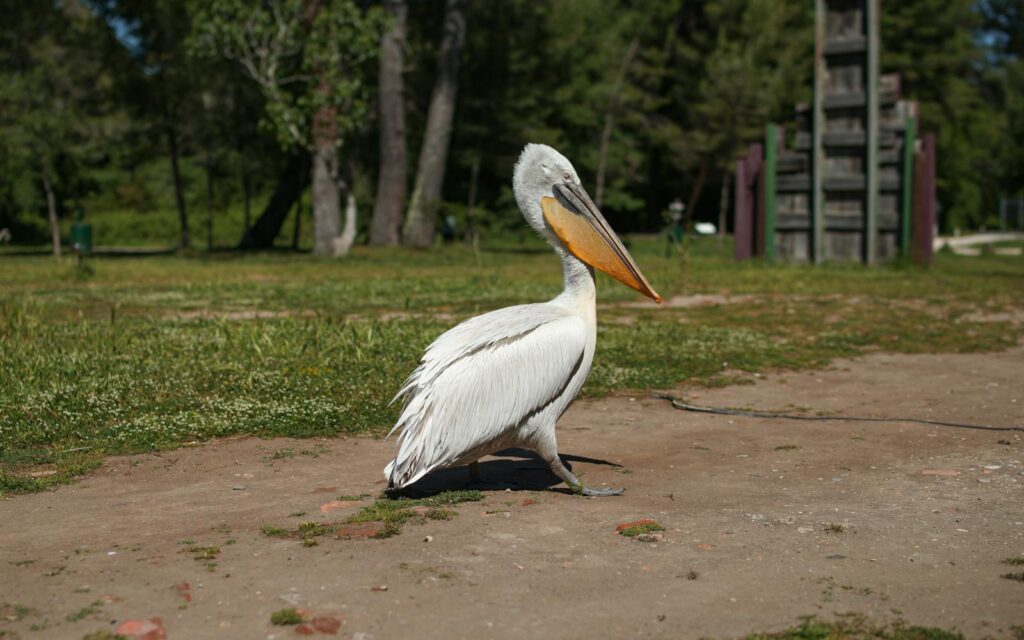
The most successful bird conservation programs involve extensive international collaboration between zoos, government agencies, and conservation organizations across political boundaries. Species Survival Plans (SSPs) coordinate breeding and management of specific bird species across multiple zoos to maintain genetic diversity and sustainable populations. For wide-ranging species like the Andean condor, international partnerships between North and South American institutions have been essential for successful conservation. These collaborative networks enable the sharing of best practices, genetic material, and even individual birds when necessary for breeding programs. The World Association of Zoos and Aquariums (WAZA) helps facilitate these partnerships through conservation action plans and coordinated funding initiatives that ensure resources are directed efficiently toward the highest conservation priorities.
Addressing the Anthropogenic Causes of Bird Decline
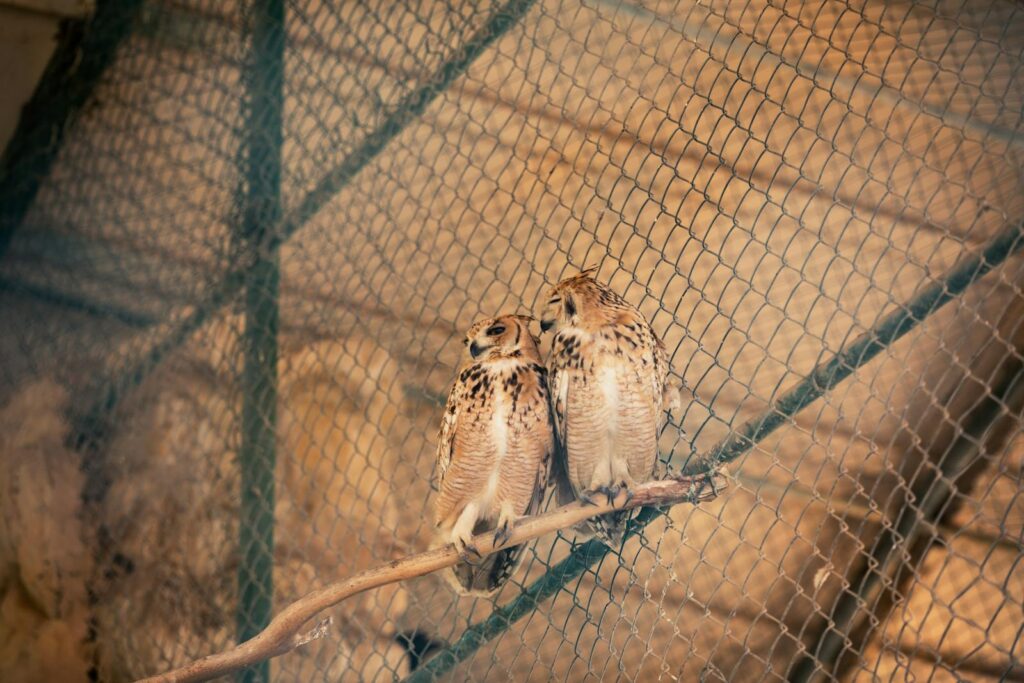
While caring for birds that can’t survive in the wild represents a crucial safety net, zoos increasingly work to address the root causes of bird population declines through advocacy and direct conservation action. Many zoos fund field conservation projects that protect critical habitats, combat illegal wildlife trafficking, and address climate change impacts. The Wildlife Conservation Society, which operates several major zoos, maintains conservation programs in more than 60 countries that directly address threats to birds and other wildlife. Zoos have also taken leadership roles in advocating for stronger environmental protections, sustainable resource use, and policies that reduce threats to bird habitats. By attacking problems at their source while simultaneously maintaining safety net populations, zoos employ a comprehensive approach to bird conservation that addresses both immediate and long-term threats.
Reintroduction Strategies: Returning Birds to the Wild
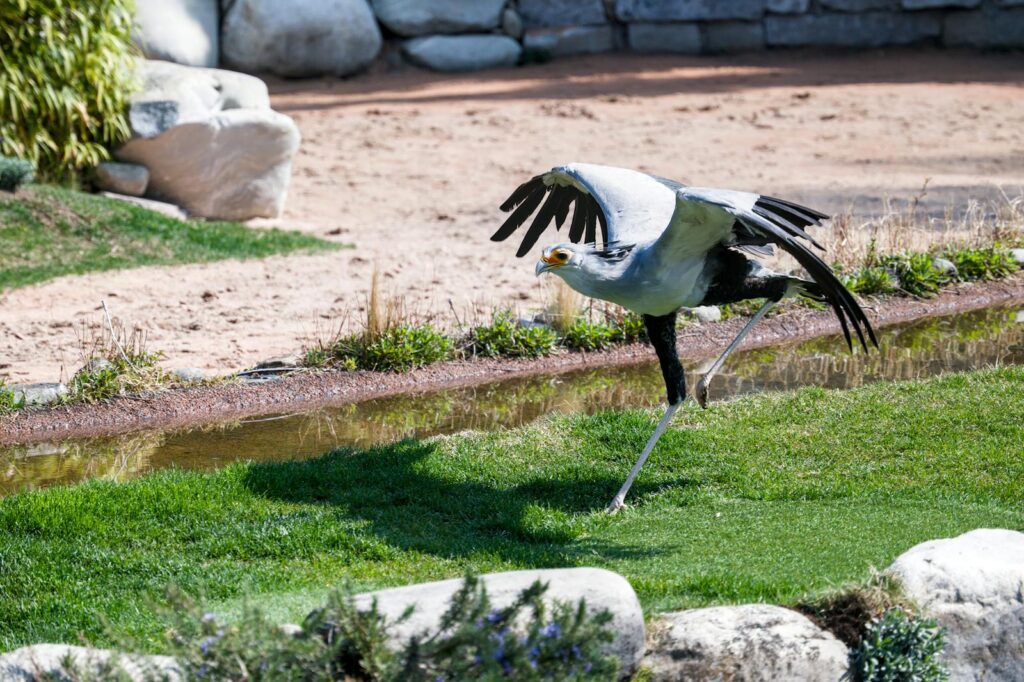
The ultimate goal for many zoo conservation programs is to build wild populations through carefully planned reintroductions of captive-bred birds. These operations represent some of the most complex and challenging aspects of bird conservation, requiring detailed preparation and monitoring to succeed. Before any birds are released, biologists must ensure that the original threats that caused their decline have been adequately addressed and that suitable habitat remains available. Pre-release conditioning helps prepare birds for the challenges of wild living, often using specialized enclosures that gradually increase exposure to natural conditions and reduce human contact. Post-release monitoring through radio tracking, field observation, and even satellite technology allows conservationists to evaluate success and make necessary adjustments to their approach. The release of captive-bred ‘Alala (Hawaiian crows) on the Big Island of Hawaii demonstrates the complexity of these efforts, with multiple releases, adaptive management, and ongoing support required to establish a self-sustaining wild population.
Ethical Considerations and Future Directions
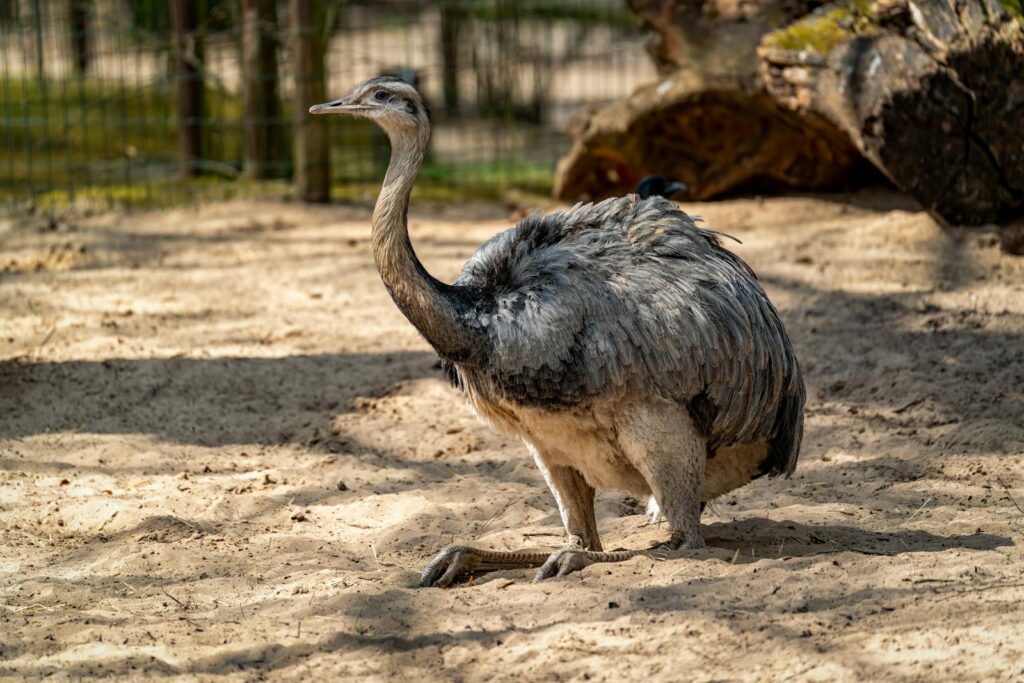
As zoos continue their essential work saving birds that cannot survive in the wild, they must navigate complex ethical questions about the balance between conservation needs and individual animal welfare. The conservation community continues to debate issues like when to intervene in wild populations, how to prioritize limited resources among competing conservation needs, and the appropriate extent of genetic management. Some bird species now exist primarily or entirely in human care, raising questions about their long-term future and whether truly wild populations can ever be restored. Despite these challenges, zoos continue to evolve their approaches based on the latest science and ethical thinking. The development of conservation breeding centers in range countries, increased focus on maintaining natural behaviors, and greater involvement of local communities in conservation decisions represent positive trends that will shape the future of zoo-based bird conservation in the decades ahead.
Conclusion

Zoos have transformed from simple exhibition spaces into sophisticated conservation centers that provide critical lifelines for birds unable to survive in increasingly threatened natural habitats. Through breeding programs, rehabilitation, education, research, and international collaboration, these institutions are preventing the extinction of numerous avian species while working to address the root causes of wildlife decline. While the ideal future would see all birds thriving in their natural environments, the reality of our human-dominated planet means that zoos will remain essential sanctuaries for many species for the foreseeable future. As we face unprecedented biodiversity loss, the specialized knowledge and dedicated conservation work happening within zoo walls represent one of our best hopes for preserving the extraordinary diversity of the world’s birds for future generations to appreciate and cherish.
